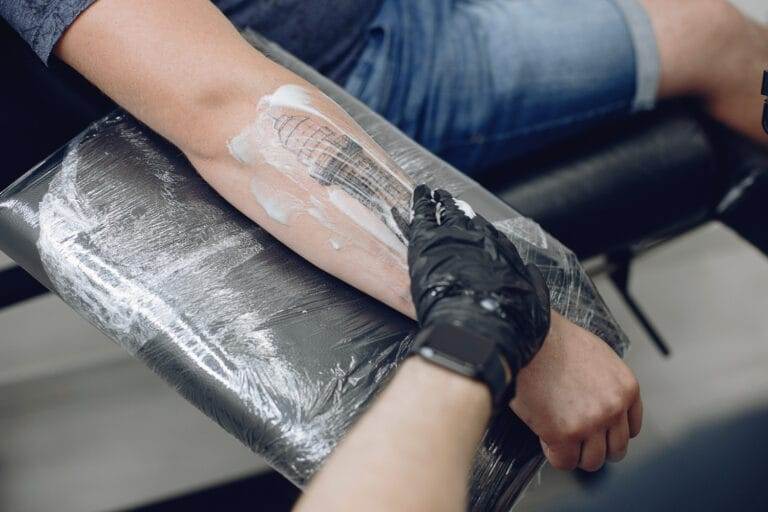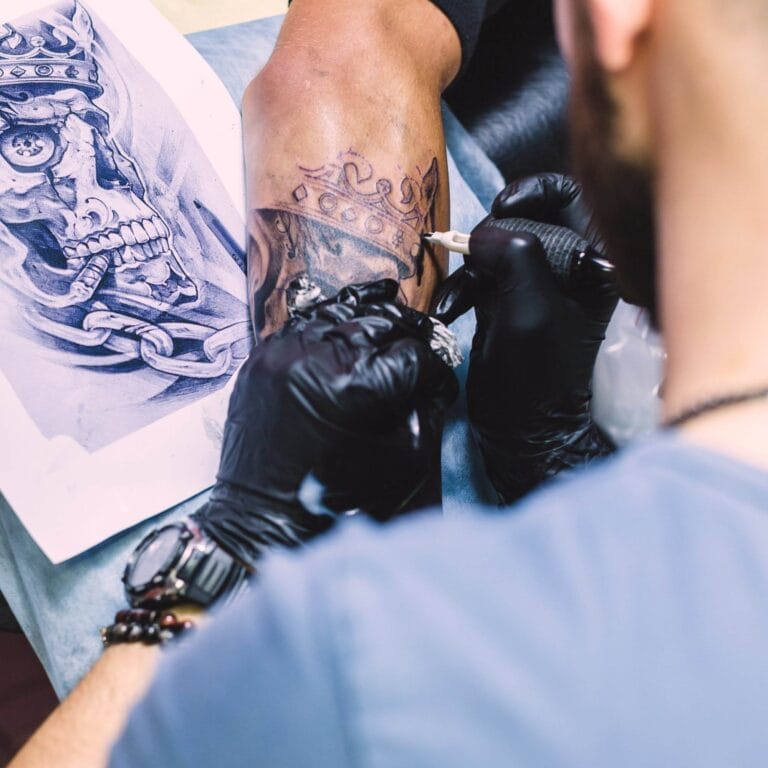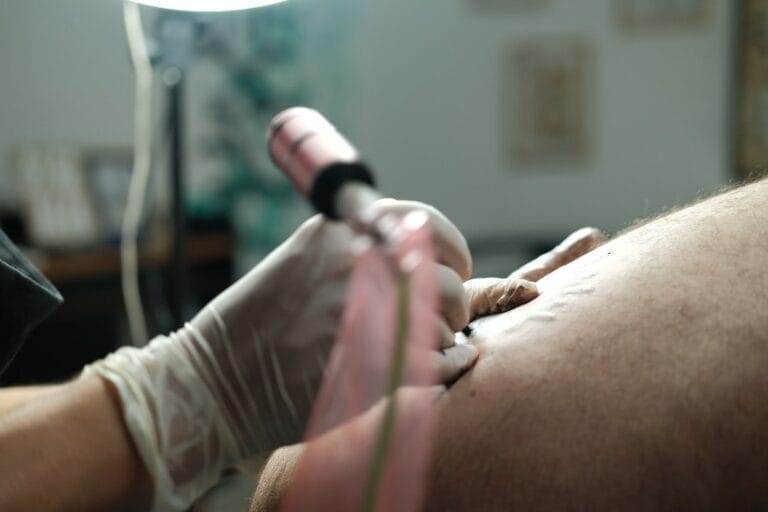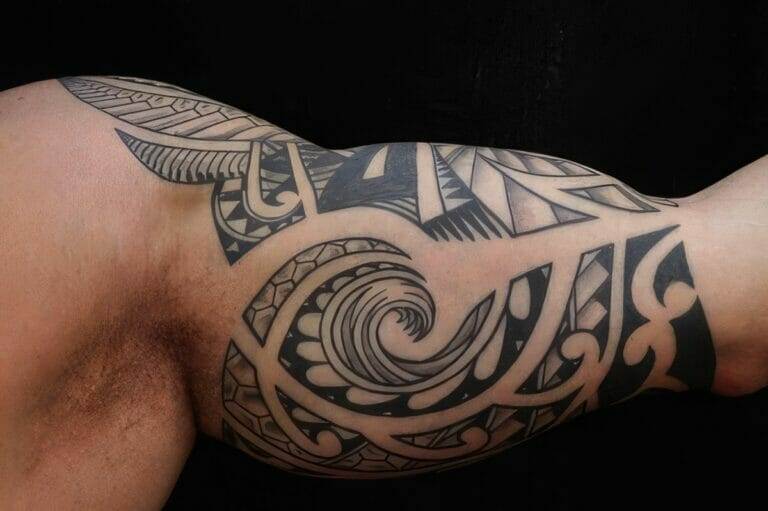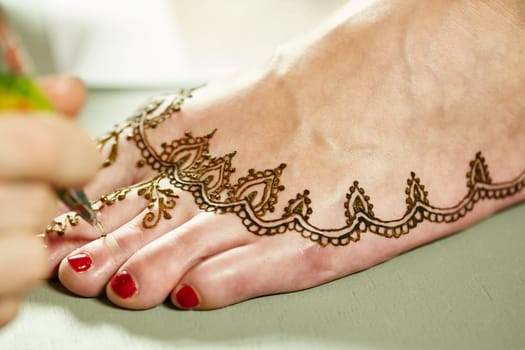
Ankle and foot tattoos have surged in popularity over the years, becoming a favored choice for individuals looking to express their personality and style through body art. These tattoos offer a unique canvas that can be both discreet and eye-catching, depending on the design and placement. The ankle and foot area is particularly appealing for those who want a tattoo that can be easily concealed or showcased, making it a versatile option for various lifestyles and occasions.
The allure of ankle and foot tattoos lies not only in their aesthetic appeal but also in the symbolism they can carry. Many people choose designs that hold personal significance, such as meaningful quotes, symbols of love, or representations of important life events. This personal connection often transforms a simple tattoo into a cherished piece of art that tells a story.
As the tattoo culture continues to evolve, the ankle and foot area remains a popular choice for both first-timers and seasoned tattoo enthusiasts alike.
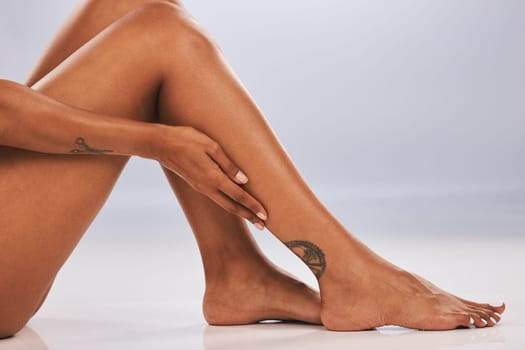
Key Takeaways
- Ankle and foot tattoos are a popular choice for those looking for a discreet and easily concealable tattoo option.
- Style options for ankle and foot tattoos include minimalist designs, floral patterns, and small symbols or quotes.
- Considerations for placement and design include the potential for distortion and fading over time, as well as the pain level during the tattooing process.
- The healing process for ankle and foot tattoos typically takes 2-3 weeks, and it’s important to keep the area clean and moisturized during this time.
- Aftercare tips for ankle and foot tattoos include avoiding tight shoes, keeping the area out of direct sunlight, and avoiding soaking the tattoo in water.
Style Options for Ankle and Foot Tattoos
When it comes to ankle and foot tattoos, the variety of styles available is vast, catering to different tastes and preferences. Traditional designs often feature bold lines and vibrant colors, drawing inspiration from classic tattoo art. Floral motifs, geometric patterns, and tribal designs are also popular choices, each offering a unique aesthetic that can enhance the natural contours of the ankle and foot.
In contrast, minimalist tattoos have gained traction in recent years, appealing to those who prefer subtlety over boldness. These designs often consist of simple lines or small symbols that can be easily hidden or displayed as desired. Watercolor tattoos are another trendy option, characterized by their soft, blended colors that create a painterly effect.
This style can add a whimsical touch to ankle and foot tattoos, making them stand out in a delicate way. Ultimately, the choice of style will depend on individual preferences, as well as the message one wishes to convey through their body art.
Considerations for Placement and Design
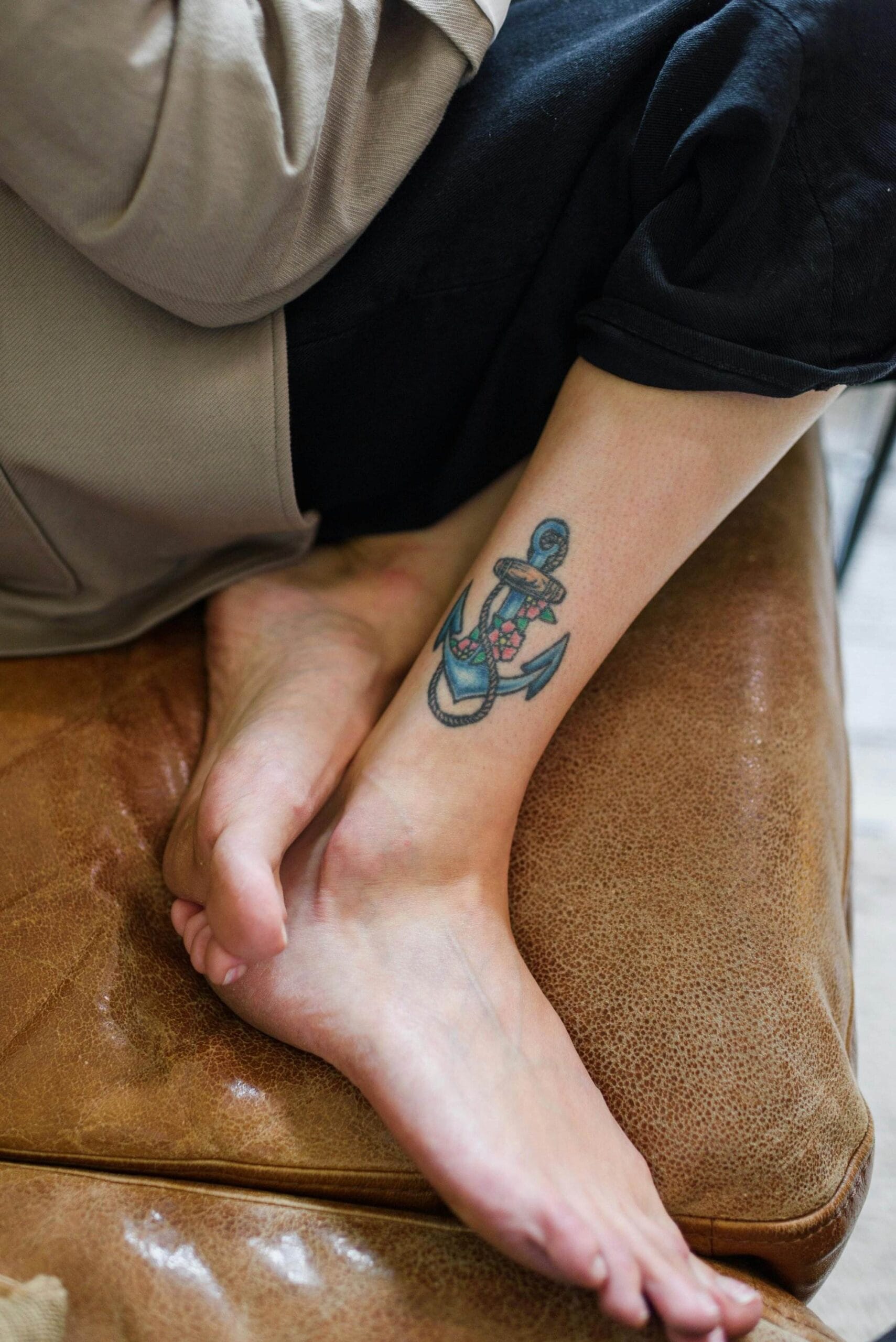
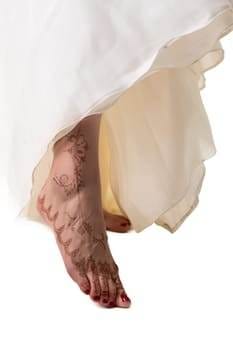
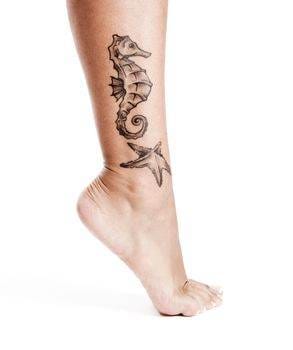
Placement is a crucial factor when it comes to ankle and foot tattoos, as it can significantly impact both the visibility and longevity of the design. The ankle offers a relatively flat surface that can accommodate various sizes and shapes, while the foot provides a more intricate canvas with its curves and contours. When deciding on placement, individuals should consider how often they want their tattoo to be visible and whether they prefer it to be easily concealed under clothing.
Design is equally important, as it should complement the chosen placement. Larger designs may work better on the foot, where there is more space to showcase intricate details, while smaller tattoos may be more suitable for the ankle. Additionally, individuals should think about how the design will age over time; tattoos on areas with more movement or friction may fade or distort more quickly than those in less active regions.
Collaborating with a skilled tattoo artist can help ensure that both placement and design work harmoniously together.
Healing Process for Ankle and Foot Tattoos
The healing process for ankle and foot tattoos can be somewhat challenging due to the high level of movement in these areas. After getting inked, it is essential to follow proper aftercare instructions to promote healing and prevent complications. Initially, the tattooed area may be red, swollen, or tender, which is a normal part of the healing process.
It is crucial to keep the area clean and dry while avoiding tight footwear that could irritate the tattoo. Typically, the healing process for ankle and foot tattoos takes about two to three weeks, but this can vary depending on individual factors such as skin type and overall health. During this time, scabbing may occur as the skin begins to heal.
It is vital not to pick at scabs or scratch the area, as this can lead to scarring or color loss. Instead, individuals should focus on keeping the tattoo moisturized with a recommended ointment or lotion to aid in healing.
Aftercare Tips for Ankle and Foot Tattoos
Proper aftercare is essential for ensuring that ankle and foot tattoos heal well and maintain their vibrancy over time. After getting inked, it is advisable to follow the artist’s specific aftercare instructions closely. Generally, this includes keeping the tattoo covered with a sterile bandage for the first few hours to protect it from bacteria and dirt.
Once removed, gentle washing with mild soap and lukewarm water is recommended to cleanse the area without causing irritation. Moisturizing is another critical aspect of aftercare. Applying a fragrance-free lotion or specialized tattoo aftercare product can help keep the skin hydrated and promote healing.
It is important to avoid soaking the tattoo in water—such as in baths or swimming pools—until it has fully healed. Additionally, individuals should refrain from exposing their new tattoo to direct sunlight for an extended period, as UV rays can fade the ink and damage healing skin.
Potential Risks and Complications

Risks of Infection
If any of these symptoms arise, it is crucial to seek medical attention promptly. Infections can escalate quickly, making timely intervention essential for preventing long-term damage. Understanding the signs of infection and taking immediate action can significantly reduce the risk of complications.
Allergic Reactions to Tattoo Ink
Another risk associated with ankle and foot tattoos is allergic reactions to the ink used during the tattooing process. Some individuals may experience itching, redness, or swelling due to an allergy to specific pigments. These reactions can range from mild to severe and may require medical attention to alleviate symptoms.
Other Potential Complications
In rare cases, keloids—raised scars that form at the site of an injury—can develop in response to tattooing. Although less common, keloids can be a significant concern for individuals prone to scarring. Understanding these potential risks can help individuals make informed decisions about their body art and take necessary precautions during the healing process. By being aware of the possible complications, individuals can enjoy their ankle and foot tattoos while minimizing the risks associated with them.
Long-Term Care for Ankle and Foot Tattoos
Long-term care is vital for preserving the quality of ankle and foot tattoos over time. Regular moisturizing can help keep the skin supple and prevent fading of the ink. Individuals should also consider using sunscreen on their tattoos when exposed to sunlight; UV rays can significantly diminish color vibrancy and lead to premature aging of the design.
A broad-spectrum sunscreen with a high SPF is recommended for optimal protection. Additionally, individuals should be mindful of how their lifestyle may impact their tattoos. Activities that involve excessive friction or pressure on the tattooed area—such as certain sports or wearing tight shoes—can contribute to fading or distortion over time.
Regular check-ups with a dermatologist can also help monitor any changes in skin health around the tattooed area, ensuring that any potential issues are addressed promptly.
Conclusion and Final Thoughts
Ankle and foot tattoos offer a unique opportunity for self-expression through body art while presenting distinct considerations regarding placement, design, healing, and long-term care. With a wide array of styles available—from traditional designs to minimalist art—individuals can find something that resonates with their personal aesthetic and story. However, it is essential to approach this form of body art with an understanding of the potential risks involved and a commitment to proper aftercare.
Ultimately, whether one opts for a small symbol on their ankle or an elaborate design spanning their foot, ankle and foot tattoos can serve as lasting reminders of personal significance and creativity. By taking care of these tattoos throughout their healing process and beyond, individuals can ensure that their body art remains vibrant and meaningful for years to come.
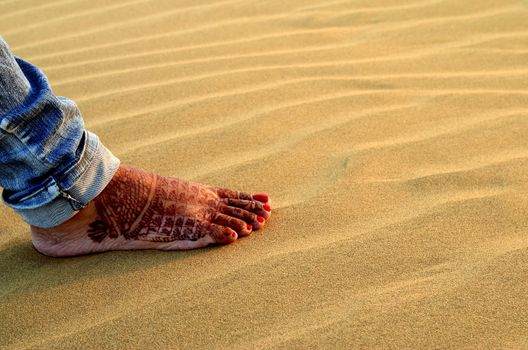
FAQs
What are ankle and foot tattoos?
Ankle and foot tattoos are designs or images that are permanently inked onto the skin of the ankle or foot. These tattoos can range from small, delicate designs to larger, more intricate pieces.
What style options are available for ankle and foot tattoos?
There are various style options for ankle and foot tattoos, including minimalist designs, floral patterns, geometric shapes, animals, symbols, and lettering. The style of the tattoo can be customized to suit the individual’s preferences and aesthetic.
What is the healing process like for ankle and foot tattoos?
The healing process for ankle and foot tattoos is similar to that of tattoos in other areas of the body. It typically involves keeping the tattoo clean and moisturized, avoiding direct sunlight and soaking in water, and following the aftercare instructions provided by the tattoo artist. It is important to keep the tattooed area elevated and to wear comfortable, supportive footwear during the healing process.

